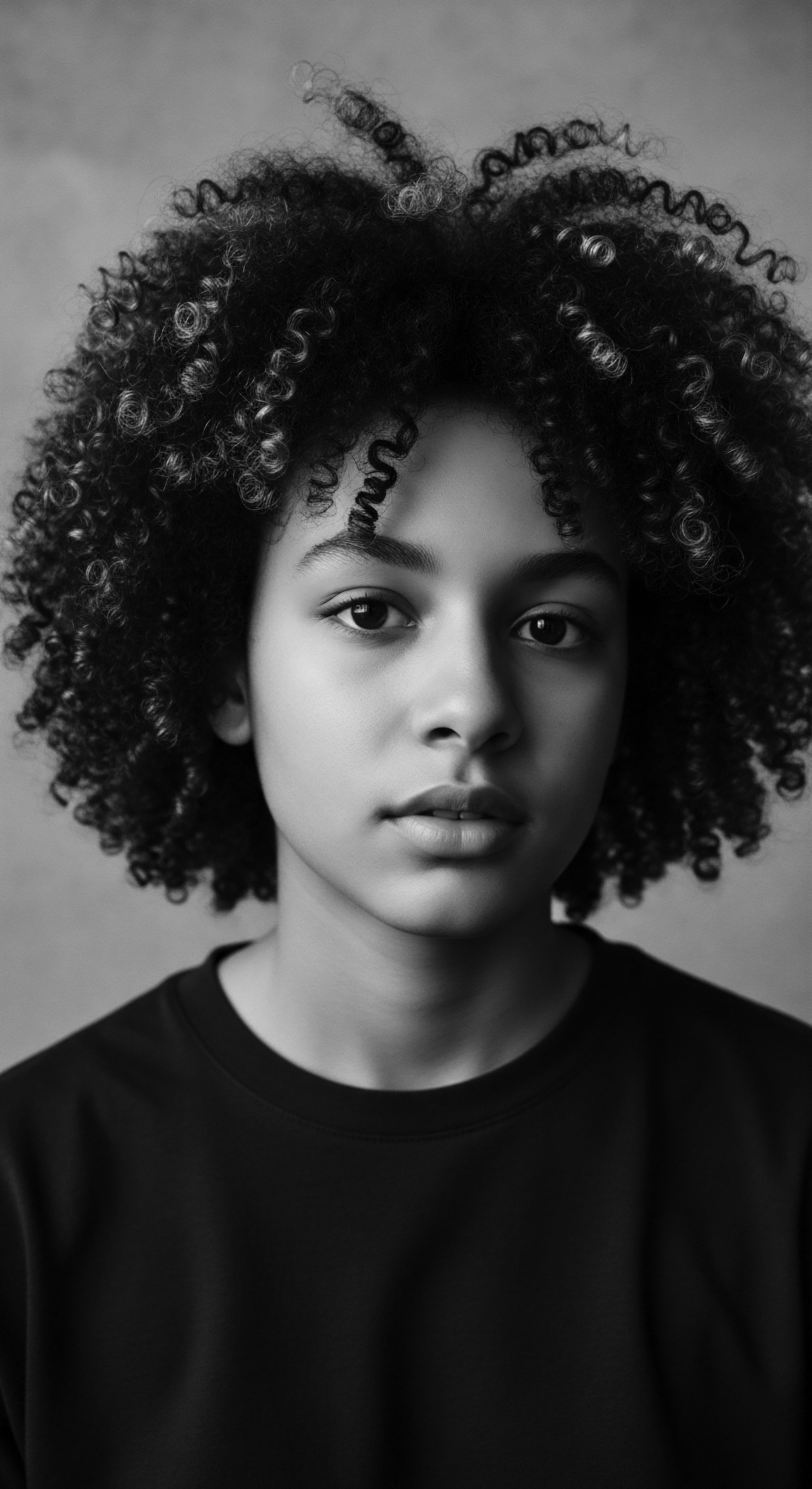
Roots
Imagine for a moment, not merely a collection of strands upon one’s head, but a living chronicle. A dynamic archive of ancestry, resilience, and identity. This is the truth of textured hair, particularly within Black and mixed-race heritages.
To understand how historical beauty standards have intertwined with this heritage, we begin at the very source, at the elemental biology of the hair itself, recognizing that its structure is not just a scientific marvel but a testament to millennia of cultural interaction and profound meaning. Our hair, in its myriad coils, kinks, and waves, whispers stories passed down through generations, each curl a glyph in a personal and collective history.

Understanding Hair’s Ancestral Architecture
The physical makeup of textured hair differs significantly from straight hair, a distinction rooted in its elliptical follicle shape and the way keratin proteins arrange themselves. These unique structural properties, which give rise to characteristic curl patterns, have always been more than biological facts; they have been canvases for expression, markers of belonging, and, tragically, targets of imposed standards. The very helix of a textured strand, with its twists and turns, mirrors the complex journey of those who wear it.
Scientists observe that African hair typically displays a slower growth rate compared to other hair types, with more follicles often in the resting, or telogen, phase (MDPI, 2024). This biological reality, far from being a deficit, has historically encouraged practices centered on preservation and careful cultivation, rather than rapid growth for length alone.
Textured hair is not merely a biological feature; it stands as a living document of heritage, carrying stories within each curl.
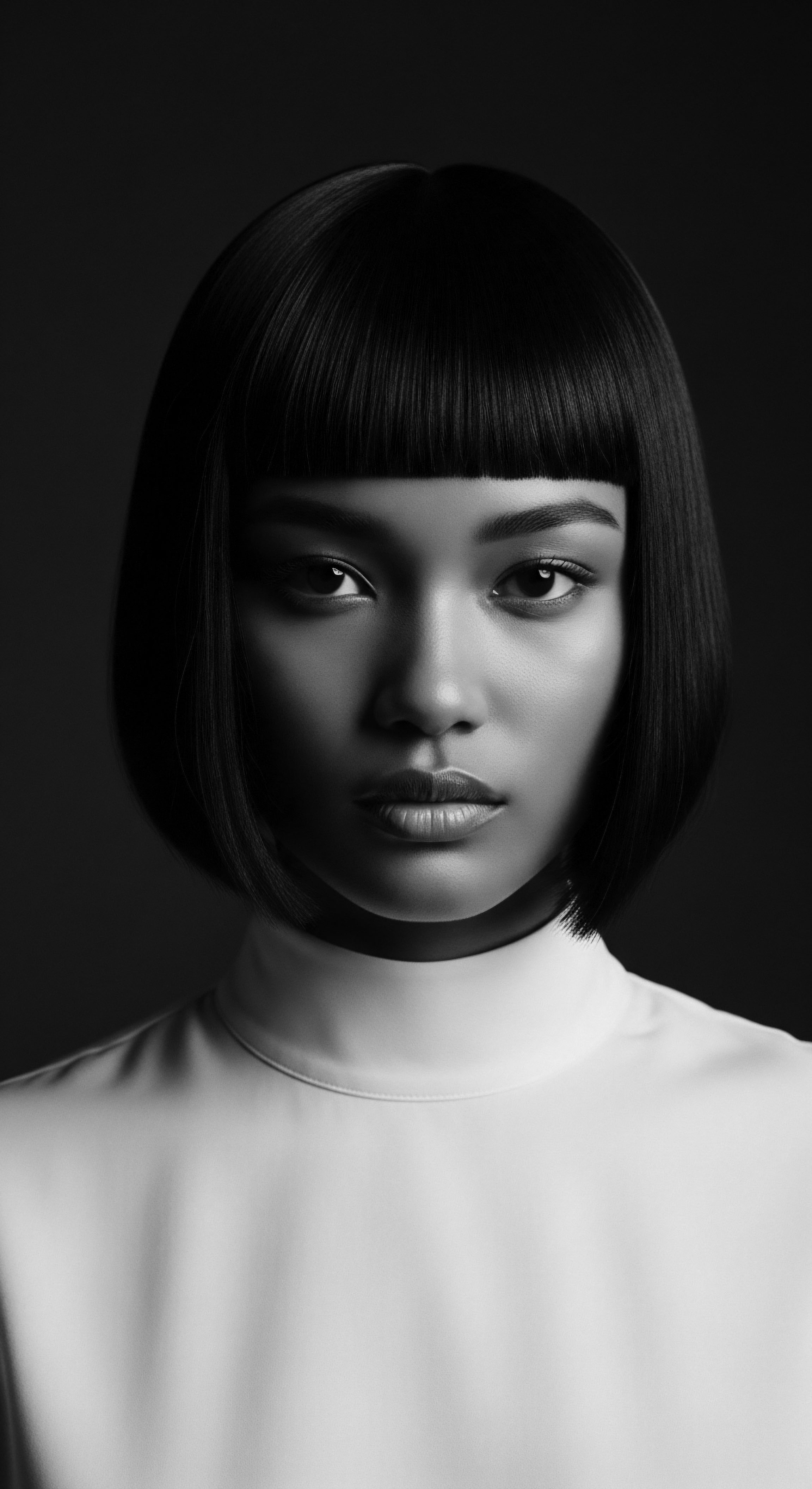
How Do Inherited Structures Impact Hair Care?
The anatomy of textured hair, with its propensity for dryness due to the open cuticle at each curve and less sebum distribution along the length, has always shaped traditional care practices. Ancestral wisdom, passed down through families and communities, intuitively understood these needs. Long before modern science could explain the microscopic structure of a hair shaft, communities across Africa and the diaspora developed sophisticated methods for moisture retention and hair health. These practices were a direct response to hair’s biological characteristics, adapted over centuries within diverse environmental contexts.
- Kalahari Melon Seed Oil ❉ Used traditionally in southern Africa, this oil helps restore skin elasticity and works as an excellent conditioner for both hair and skin (Natural Beauty Workshop, 2011).
- Marula Oil ❉ From Mozambique and South Africa, rich in fatty acids and antioxidants, applied for moisture retention (Natural Beauty Workshop, 2011).
- Rhassoul Clay ❉ Originating from Morocco, this mineral-rich clay was used as a cleansing mud wash that purified hair and scalp without stripping beneficial properties (Sellox Blog, 2022).
- Chebe Powder ❉ Hailing from Chad, a traditional concoction of seeds and herbs known for moisture retention and promoting thickness (Sevich, 2022).

Classifying Textured Hair Across Generations
The systems we use to classify hair texture, while appearing scientific today, carry echoes of historical biases. Early classifications often stemmed from Eurocentric viewpoints, framing coily textures as “coarse” or “unruly” when compared to straight hair. This perception deeply informed beauty standards that privileged straightness, creating a hierarchy that devalued hair types commonly found in Black and mixed-race communities.
In pre-colonial African societies, hair classification was not about a numerical scale of curl, but about social and spiritual meaning, reflecting tribal identity, age, marital status, and even spiritual beliefs (Afriklens, 2024; The Queen’s Journal, 2025). The very language used to describe hair shifted dramatically with the advent of the transatlantic slave trade and colonialism, weaponizing descriptors to dehumanize and oppress (Halo Collective, 2022; Umthi, 2023).
| Attribute Hair Texture |
| Pre-Colonial African View Symbol of identity, status, spirituality, community belonging. |
| Colonial/Eurocentric Imposed View "Uncivilized," "unprofessional," "woolly," requiring "taming." |
| Attribute Hair Styling |
| Pre-Colonial African View Art form, communication medium, ritual, historical symbolism. |
| Colonial/Eurocentric Imposed View "Disorderly," "unclean," requiring concealment or alteration to conform. |
| Attribute Care Practices |
| Pre-Colonial African View Rooted in indigenous botanicals, communal bonding, preservation. |
| Colonial/Eurocentric Imposed View Forced use of harsh substances, focus on straightening, limited access to traditional methods. |
| Attribute The contrasting perceptions highlight the systematic effort to disconnect people of African descent from their inherent heritage and beauty. |
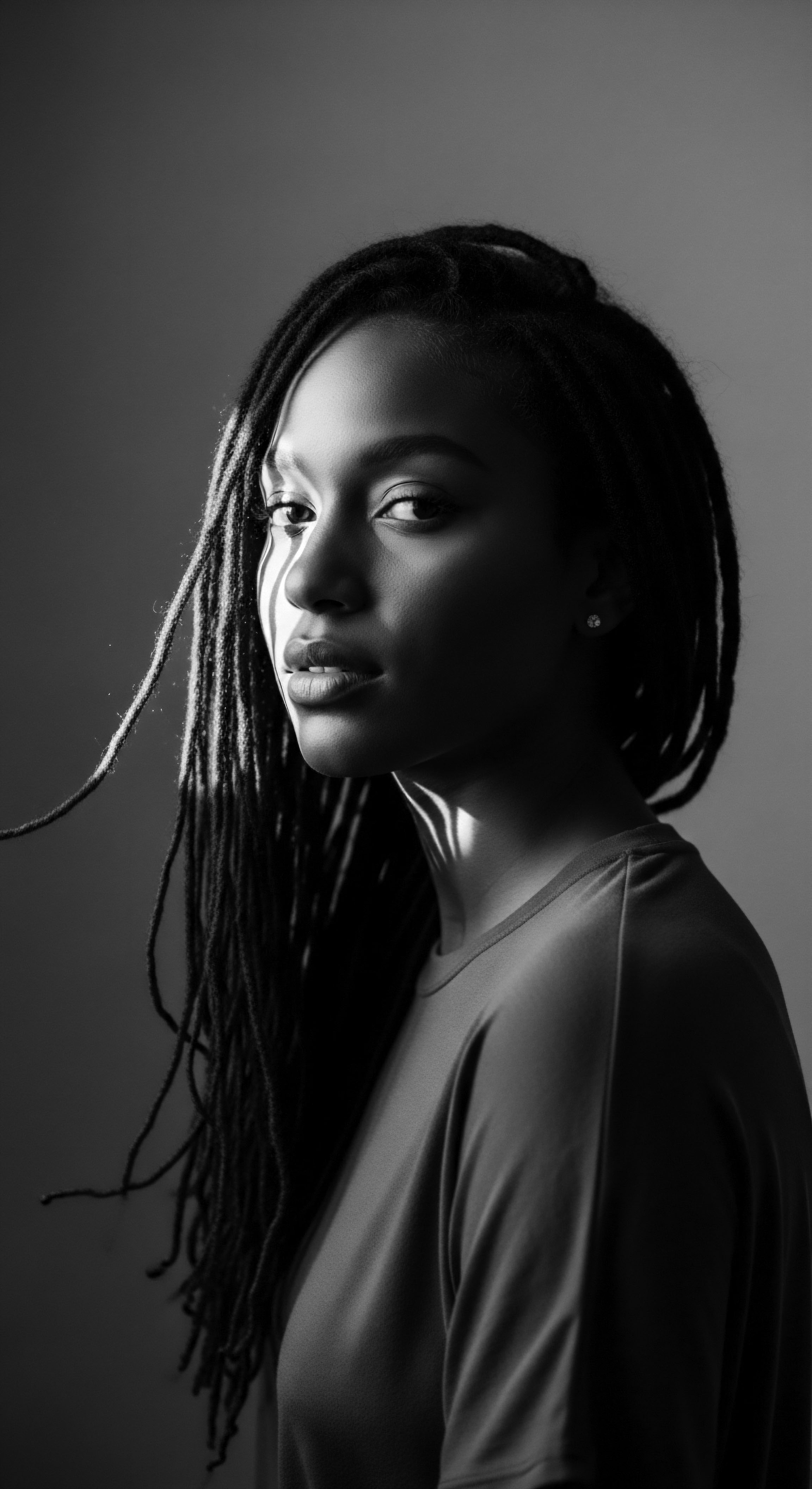
Ritual
The very act of styling textured hair stands as a ritual, a connection to a profound past. It extends beyond aesthetics; it embodies techniques, tools, and transformations that carry centuries of cultural memory and ancestral practices. How historical beauty standards relate to textured hair heritage becomes particularly clear when we examine the shift from styles steeped in meaning to those enforced by external pressures, and then, the reclamation of authentic expression.
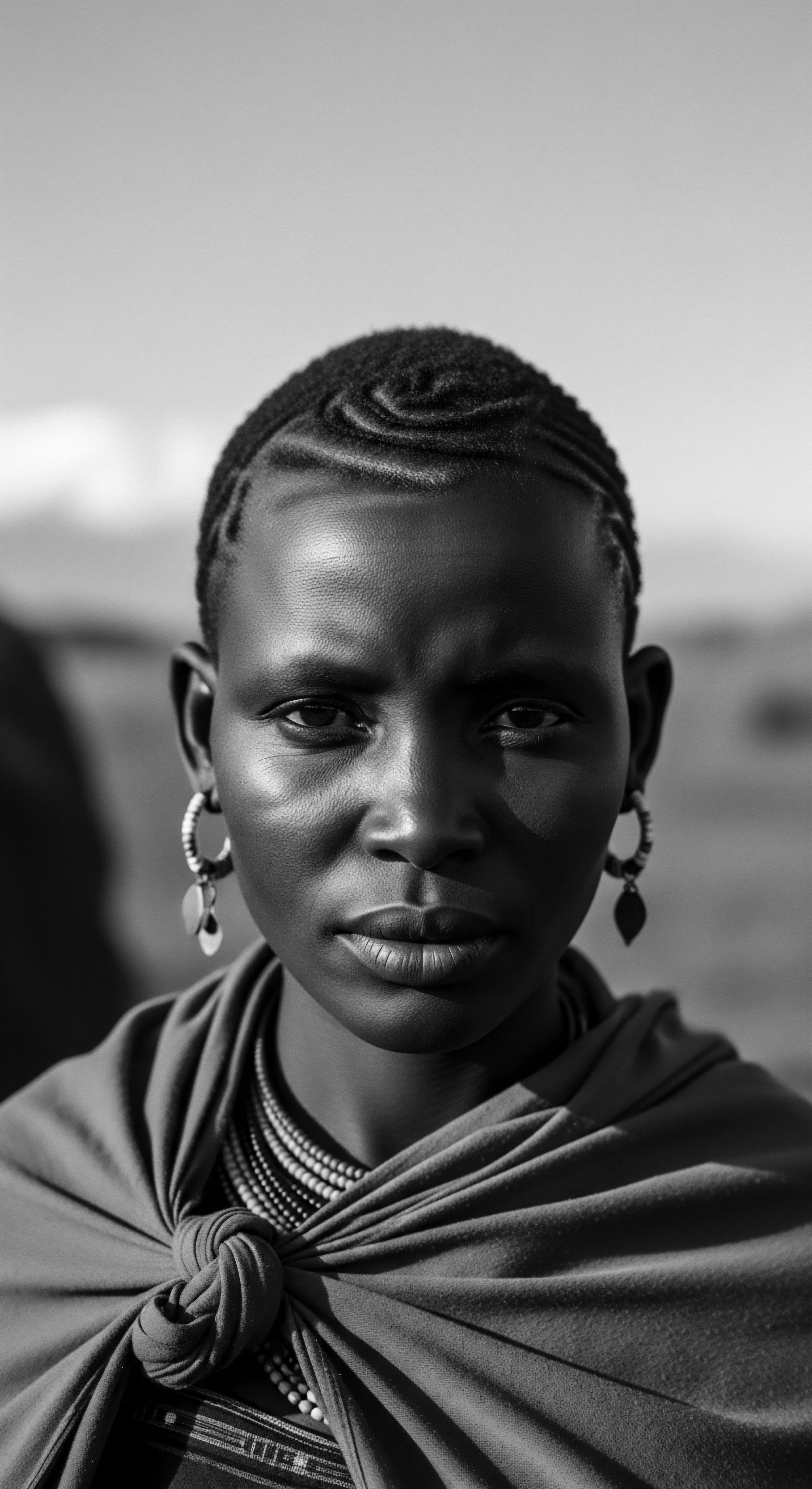
What Stories Do Traditional Styling Techniques Narrate?
Long before any imposed beauty standards arrived, African societies crafted intricate hairstyles that served as a visual language, speaking volumes about a person’s tribe, social status, marital standing, and even religious beliefs (BLAM UK CIC, 2022; The Queen’s Journal, 2025). Cornrows, for instance, date back 5000 years in African culture, used not only for their aesthetic qualities but as a means of communication and a way to carry rice seeds during the transatlantic slave trade as a means for survival (BLAM UK CIC, 2022). The practice of braiding, twisting, and coiling was deeply communal, transforming hair care into a cherished social opportunity for bonding and sharing wisdom (Dermatologist Must Know, 2023). These elaborate styles were not about conforming to an external ideal but about expressing an internal truth and collective identity.
Traditional styling practices for textured hair are living narratives of identity, community, and resistance, reflecting an unbroken lineage.
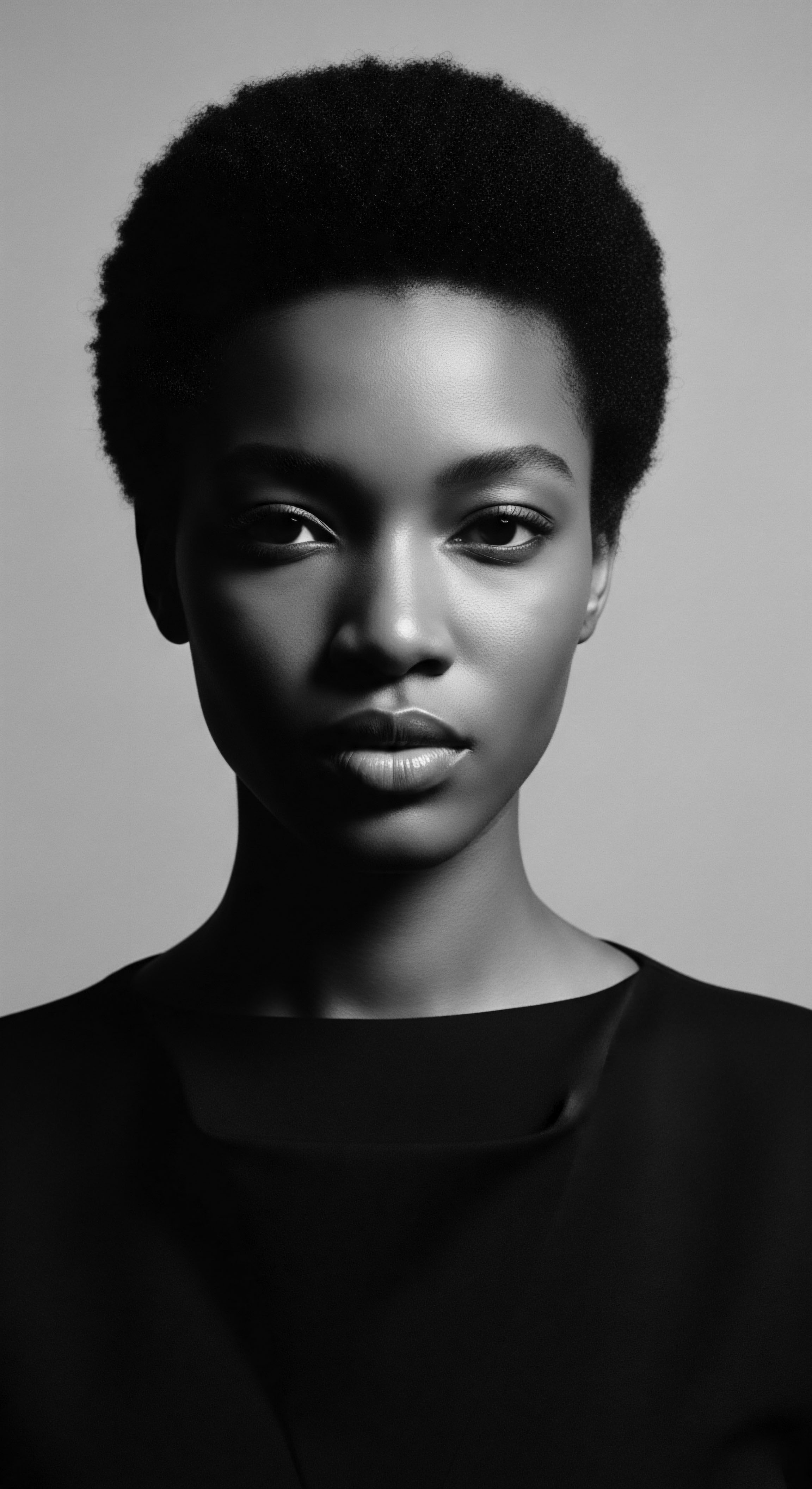
The Evolution of Protective Styling and Its Heritage
Protective styles, such as braids, twists, and bantu knots, possess a deep heritage in African cultures. These styles shielded hair from environmental elements and minimized manipulation, promoting length retention and overall hair health long before the advent of modern product formulations. The Mangbetu people of Congo, for example, wore braided crowns as symbols of wealth and status, while Zulu tribes used Bantu knots to signify femininity and beauty (British Journal of Dermatology, 2024).
During the era of enslavement, these traditional styles became subversive acts of resistance and survival; enslaved African women braided rice seeds into their hair for sustenance during forced migrations and cornrows served as maps to freedom (BLAM UK CIC, 2022; Colleen, 2020). The practical wisdom embedded in these techniques, passed down through generations, underscores a resilience that defied attempts to erase cultural identity.
The imposition of Eurocentric beauty standards during slavery meant that textured hair was systematically devalued, deemed “uncivilized” and “unprofessional” (Umthi, 2023). This led to immense pressure to chemically straighten hair with harsh lye concoctions, heated butter knives, and hot combs to conform to white beauty ideals (Dermatologist Must Know, 2023; Library of Congress, 2022). The notion of “good hair” became synonymous with straight hair, creating internal hierarchies within communities that tragically reflected the oppressor’s standards (Halo Collective, 2022; Library of Congress, 2022). The shift from ancestral hair adornment to forced concealment or damaging straightening speaks to the profound impact of these beauty standards.
- Bantu Knots ❉ Tracing back to the Bantu-speaking communities of Southern West Africa, these coiled knots symbolized femininity and beauty for the Zulu people (British Journal of Dermatology, 2024).
- Cornrows ❉ With origins stretching back to 3000 BCE in the Horn and West coasts of Africa, they served as communication mediums and tools for survival during the slave trade (BLAM UK CIC, 2022).
- Locs ❉ Though widely recognized through Rastafarianism in Jamaica, historical examples of locs in Africa date back to 500 BCE, worn by priests of the Ethiopian Coptic Orthodox Church (BLAM UK CIC, 2022; Psychology Today, 2019).
The history of wigs and hair extensions also holds a deep connection to textured hair heritage. Ancient African societies, including Egypt, used hairpieces made from various fibers for status, ritual, and protection from the elements (African Queens, 2024; Fabulive, 2023). However, during colonial periods and slavery, wigs also became tools of forced assimilation, mimicking European styles as a means to navigate oppressive societies (African Queens, 2024). Despite these pressures, the ingenuity of enslaved individuals meant wigs and extensions were also used to maintain a sense of agency and cultural connection (African Queens, 2024).

Relay
The journey of textured hair through the ages leads us to the present, a living relay race where ancestral wisdom meets contemporary understanding. How historical beauty standards relate to textured hair heritage manifests not only in styling choices but in the holistic care regimens adopted, the challenges faced, and the enduring spirit of resilience that guides communal and individual practices. This section delves into the intricate interplay of past influences and present-day realities, affirming the vitality of hair heritage.

What Role Does Ancestral Wisdom Play in Modern Hair Wellness?
The bedrock of effective textured hair care today rests upon principles practiced by our forebears ❉ consistent moisture, gentle manipulation, and the use of natural ingredients. Contemporary science now validates many of these traditional approaches. For instance, the use of various plant-derived oils and butters for moisture and scalp health, a common practice across African communities for centuries, now finds scientific backing for their beneficial fatty acids and antioxidants (Natural Beauty Workshop, 2011).
The historical emphasis on communal hair care, where knowledge was shared and techniques perfected through generations, created robust, intuitive regimens that prioritized the health of the strand from the follicle to the tip. These traditional methods, developed over time, stand as testaments to observing hair’s needs within diverse climates and lifestyles.
Ancestral hair care wisdom, rooted in practical observation and natural resources, provides a blueprint for contemporary holistic wellness.

The Nighttime Sanctuary and Its Historical Grounding
Consider the pervasive practice of wearing a bonnet or headwrap for sleep. This seemingly simple act carries a rich heritage, especially for Black women. While bonnets were worn by European women for different reasons in earlier centuries, their significance for Black hair care is distinct and deeply tied to the historical struggles of maintaining textured hair against prevailing beauty norms (Annie International, 2023; The Zoe Report, 2024). During enslavement, head coverings were often enforced to visually distinguish enslaved Black women, a means of control and debasement (Helix Hair Labs, 2023; B.O.M.M.
2023). Yet, Black women transformed this tool of oppression into a form of defiant self-expression and practical protection, using vibrant fabrics and elaborate tying styles (The Zoe Report, 2024; Buala, 2024). The modern bonnet protects delicate textured hair from friction and moisture loss overnight, directly addressing its inherent dryness (The Zoe Report, 2024). This act echoes a long lineage of care, a quiet rebellion against historical pressures to conform.
Problem-solving for textured hair, too, holds historical roots. The challenges of breakage, dryness, and scalp health were not new. Enslaved Africans, stripped of their traditional tools and ingredients, resorted to using what was available – bacon fat, butter, or kerosene – to moisturize and cleanse (California Educators Together, 2021).
These desperate measures speak to the inherent drive to care for one’s hair, even under the most brutal conditions, a reflection of its deep spiritual and identity-based significance (Library of Congress, 2022). The modern hair care industry, while offering many advancements, can sometimes overlook these historical struggles and the ingenuity that arose from them.

How Do Beauty Standards Shape Current Hair Discrimination?
The historical devaluation of textured hair directly impacts contemporary experiences of hair discrimination. Despite the passage of civil rights legislation, biases against natural hair persist in schools and workplaces. Studies illustrate that Black women with natural hairstyles often receive lower ratings in professionalism and are less likely to secure job interviews compared to those with straightened hair (Legal Defense Fund, 2020; Duke University, 2020; NCDA, 2021). The concept of “professionalism” itself has historically been intertwined with Eurocentric beauty standards, making natural Black hair a target for exclusion (Psychology Today, 2023; Oxford Academic, 2022).
A significant response to this enduring discrimination is the CROWN Act, legislation designed to prohibit discrimination based on hair texture and protective styles associated with race (Fisher Phillips, 2020; Economic Policy Institute, 2023). This act acknowledges that hair discrimination is not simply an appearance bias; it operates as a conduit for racial discrimination, a direct legacy of historical beauty standards that sought to erase Black identity through hair suppression (American University, 2023). The push for such legislation demonstrates the ongoing need to reclaim and protect the right to wear one’s hair authentically, a testament to the powerful connection between textured hair and its heritage of self-affirmation.
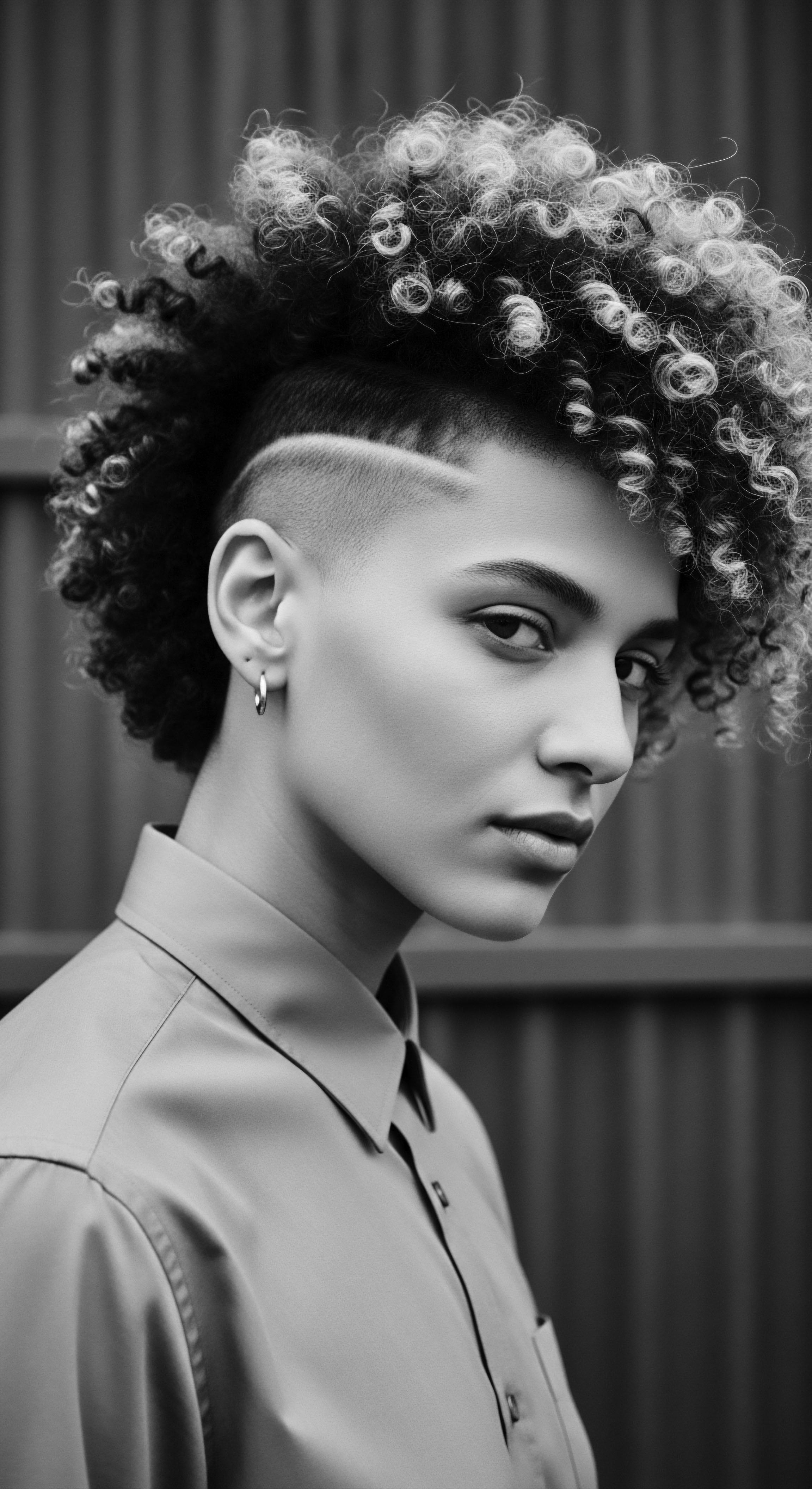
Reflection
The journey through textured hair heritage reveals a profound truth ❉ beauty standards are not static, neutral arbiters of aesthetic value. They are historical constructs, often wielded as instruments of power and control. Yet, within the narrative of textured hair, particularly for Black and mixed-race communities, a deeper, more resonant understanding arises. The coils, the kinks, the unique patterns that define this hair type are more than biological accidents; they are living testaments to ancestral wisdom, enduring resilience, and an unbroken lineage of self-expression.
Each strand carries the echoes of ancient rituals, the ingenuity born of adversity, and the defiant joy of reclaiming an inherent beauty. To tend to textured hair, then, becomes a sacred act, a conversation with the past, a grounding in the present, and a bold declaration for the future. It stands as a vital celebration of cultural memory, a recognition that the true soul of a strand pulses with the vibrant, complex, and beautiful story of where it comes from.

References
- African Queens. (2024). The History of Wigs in Black Culture. Retrieved from
- Afriklens. (2024). African Hairstyles ❉ Cultural Significance and Legacy. Retrieved from
- American University Washington College of Law. (2023). Hair Me Out ❉ Why Discrimination Against Black Hair is Race Discrimination Under Title VII. Retrieved from
- Annie International, Inc. (2023). The Origin Story Of The Bonnet. Retrieved from
- BLAM UK CIC. (2022). The history of Black Hair. Retrieved from
- B.O.M.M. (2023). Bonnets ❉ A Cultural Staple in Black Communities. Retrieved from
- British Journal of Dermatology. (2024). A historical journey of the structure, texture, and identity of afro-textured hair. Retrieved from
- Buala. (2024). Hair as Freedom. Retrieved from
- California Educators Together. (2021). White Standards impact on enslaved women’s hair and fashion. Retrieved from
- Colleen. (2020). The History of Textured Hair. Retrieved from
- Economic Policy Institute. (2023). The CROWN Act ❉ A jewel for combating racial discrimination in the workplace and classroom. Retrieved from
- Fabulive. (2023). The Hidden History of Wigs and Hair Extensions. Retrieved from
- Fisher Phillips. (2020). The Roots Of The CROWN Act ❉ What Employers Need To Know About Hairstyle Discrimination Laws. Retrieved from
- Halo Collective. (2022). End Hair Discrimination. Retrieved from
- Helix Hair Labs. (2023). THE HISTORY OF THE HAIR BONNET. Retrieved from
- Legal Defense Fund. (2020). Hair Discrimination FAQ. Retrieved from
- Library of Congress. (2022). Heavy is the Head ❉ Evolution of African Hair in America from the 17th c. to the 20th c. Retrieved from
- MDPI. (2024). The Genomic Variation in Textured Hair ❉ Implications in Developing a Holistic Hair Care Routine. Retrieved from
- Natural Beauty Workshop. (2011). Oils of Africa. Retrieved from
- NCDA. (2021). Natural Hair is Good Hair ❉ The CROWN Act and Ending Hair Discrimination in the Workplace. Retrieved from
- Oxford Academic. (2022). Hair Discrimination and the Racialization of Black Young People’s Bodies ❉ A Critical Analysis of Racism in U.K. School Settings. Retrieved from
- Psychology Today. (2023). The Politics of Black Hair. Retrieved from
- The Queen’s Journal. (2025). History, identity, and community ❉ The significance of Black hair. Retrieved from
- Sevich. (2022). Chebe Powder vs. Traditional Oils ❉ A Wholesaler’s Guide to Choosing the Best Hair Care Products. Retrieved from
- Umthi. (2023). The Cultural Significance and Representation of Afro-Textured Hair. Retrieved from
- The Zoe Report. (2024). The Silk Bonnet’s History Is Rooted In Black Beauty Rituals. Retrieved from
- Duke University. (2020). Research Suggests Bias Against Natural Hair Limits Job Opportunities for Black Women. Retrieved from
